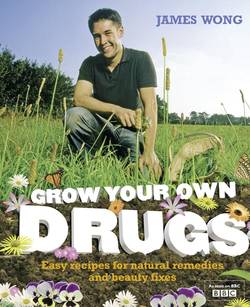Читать книгу Grow Your Own Drugs: A Year With James Wong - James Wong - Страница 13
Type 4 – Seafront sites
ОглавлениеAs the palm trees (Phoenix canariensis, Trachycarpus fortunei, Chamaerops humilis) that increasingly line seaside resort promenades attest, coastal gardens enjoy mild, sometimes even frost-free winters. Generally, the closer they are to the sea, the lower the chance of frost. They also have the rather dubious honour of being amongst the wettest places in the United Kingdom (with the exception of coastal Norfolk, Suffolk, Essex and Kent), but from a gardener’s perspective this does mean very little watering is ever necessary. They also tend to be relatively well drained because most coastal sites have a sandy, friable soil, which means this extra rainfall does not result in the waterlogged soil that so many medicinal plants, and particularly herbs, hate.
These wonderfully mild conditions do come at a price, however, in the form of the huge gusts of salt-laden winds that blow in off the sea, especially in the winter months. Such winds can have a particularly damaging effect on plants, particularly soft, leafy species. Despite this, and with a few cleverly planted trees or hedges to act as windbreaks, you can create a space that enjoys the best of both worlds: mild, moist conditions sheltered from the full force of the winds. Abbotsbury Subtropical Gardens on the south coast is a perfect example, where a dense barrier of evergreen trees have created a sheltered microclimate with stunning results.
